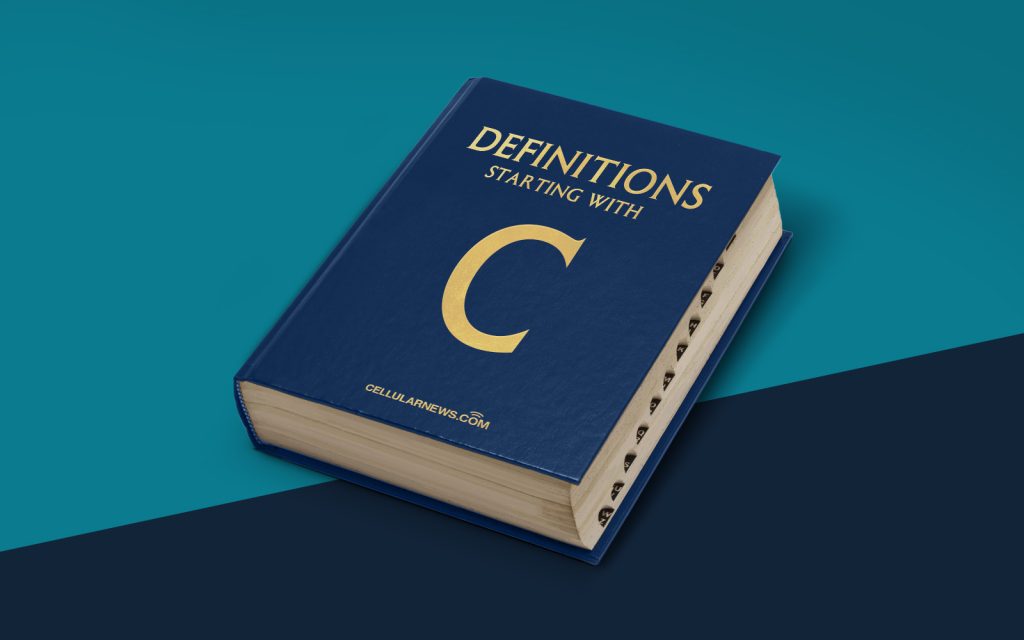
Welcome to our Definitions category: What is a Coaxial Cable?
Welcome to our “Definitions” category, where we break down complex terms and concepts in a simple and easy-to-understand manner. In this installment, we will explore the question: What is a coaxial cable? If you’re curious about how this commonly used cable works and what it is used for, you’ve come to the right place.
Key Takeaways:
- A coaxial cable is a type of electrical cable that consists of an inner conductor, an insulating layer, a metallic shield, and an outer insulating layer.
- Coaxial cables are commonly used for transmitting high-frequency electrical signals, such as those used for cable television, internet connections, and audio/video applications.
A coaxial cable, also known as a coax cable, is a type of electrical cable that is widely used for transmitting high-frequency electrical signals. Its design allows for efficient and uninterrupted transmission of data and signals over long distances. So, how does it work?
At its core, a coaxial cable consists of four main components:
- Inner Conductor: This is the central conductor that carries the electrical signal.
- Insulating Layer: Surrounding the inner conductor is an insulating layer, which prevents the electrical signal from leaking out and interfering with other signals.
- Metallic Shield: The insulating layer is then covered by a metallic shield, often made of copper or aluminum. This shield provides protection against external interference and reduces signal loss.
- Outer Insulating Layer: Finally, the entire cable is wrapped in an outer insulating layer, which provides additional protection and durability.
Coaxial cables have a wide range of applications, but they are most commonly used for cable television, internet connections, and audio/video applications. Here are a few key reasons why coaxial cables are preferred for these purposes:
- High Bandwidth: Coaxial cables have the ability to carry a large amount of data and provide high-speed internet and TV connections.
- Signal Quality: The design of coaxial cables ensures minimal interference and signal loss, resulting in high-quality audio, video, and data transmission.
- Long Distance Transmission: Coaxial cables can transmit signals over long distances without significant degradation, making them ideal for wired connections.
- Durability: The outer insulating layer of coaxial cables provides protection against harsh environments, ensuring their longevity and reliability.
In conclusion, a coaxial cable is a vital component of modern communication systems, providing efficient and reliable transmission of high-frequency electrical signals. Whether you’re streaming your favorite TV show, browsing the internet, or setting up a home theater system, chances are you’ll encounter a coaxial cable. Now that you understand the basics of what a coaxial cable is and how it works, you’ll have a deeper appreciation for the technology behind the scenes.
